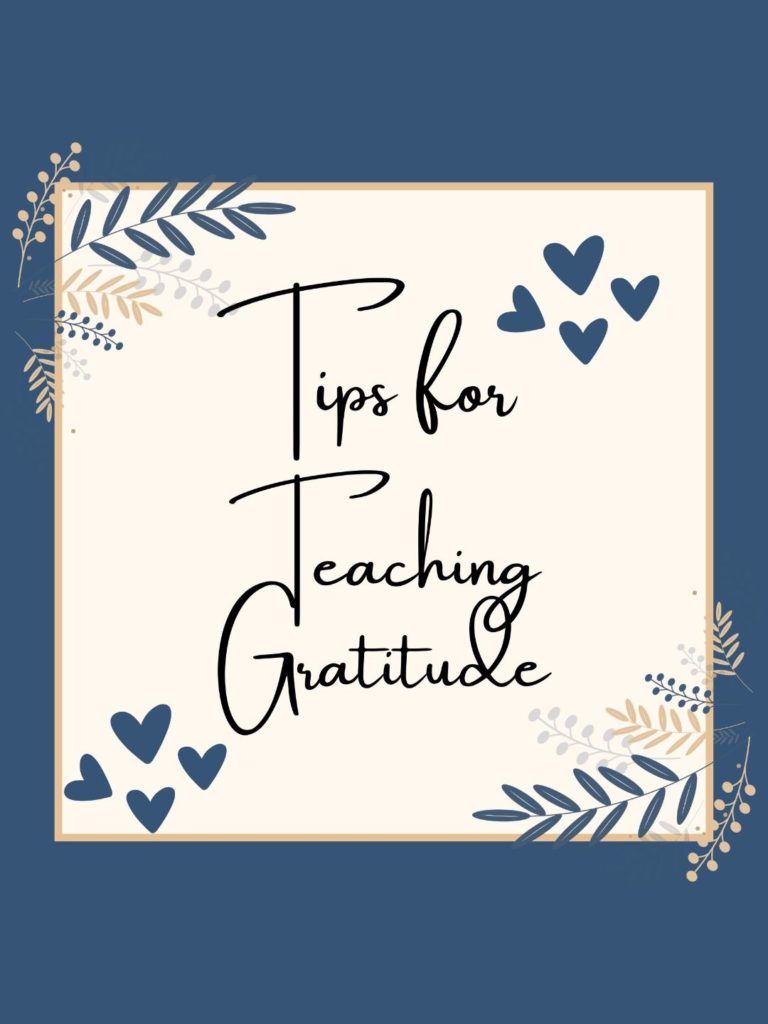Gratitude can be taught any time of the year, not just around Thanksgiving or Christmas. It empowers people to be the best versions of themselves, which aids in understanding the needs and feelings of others. Gratitude is a positive feeling of being thankful and appreciative as well as having the ability to recognize and acknowledge good things, people, and places in our lives. Mindful thankfulness means being thankful even when one’s situation is difficult.
Practicing gratitude can be worthwhile but it is not learned in one lesson. It is learned through consistency. Teaching gratitude can have a profound influence on student motivation and success. It can also create a more positive and connected school community in which students can learn and thrive. Teachers face challenges in helping students feel grateful in a world that seems to value overabundance. People have many ways to show others how grateful they are for all that they do. This article discusses ways to practice gratitude within your classroom or at home and its importance.
Here are some tips for helping students practice gratitude daily.
1. Remember to say thank you to people who help you or give you something. For example, you could thank a server at a cafeteria, a friend who gives you a gift, or a teacher who helps you with your class assignment.
2. Perform acts of kindness by supporting a charitable event or organization. Discuss what donating clothes, toys, and blood and participating in food drive actions means to those who receive the kindness. For example, when your class or family raises funds for an organization, it is a way of saying, “I am grateful for everything that I have in my life. I want to give back to those who most need my support.” You are teaching your students to have appreciation for giving and not just receiving. Regular acts of kindness can help students develop a sense of responsibility and compassion for others. In addition, it can help students learn about themselves and their values.
3. Talk about the things for which you are grateful. This can be done in many ways, from saying a blessing before dinner or by keeping a simple gratitude journal. For instance, have them keep track of good and bad things that happen during the day, as well as the challenges they face but manage to overcome. Alternatively, you could have the students let specific individuals in their lives know how special and loved they are. This will help increase their awareness of their blessings in the real world and help them develop a deeper appreciation of life.
4. Emphasis the physical and emotional benefits of gratitude. Gratitude reduces stress and anxiety, improves self-esteem, promotes better sleep and reduces burnout and fatigue.
5. Express gratitude to a person. Write a thank you letter or make a card; leave a surprise note, send a text, say “thank you” face-to-face, or give a gift. Having students express their thanks in writing will help them increase their sense of appreciation and develop better communication skills.
6. Help students find opportunities to be grateful each day. One of the best ways to help students learn how to be grateful each day is by helping them find opportunities to be grateful each day.
Teachers that regularly practice gratitude, showing appreciation throughout the year, and setting an example for students is the best way to drive these lessons home.
Teachers, remember to “walk the walk and model thankfulness yourself”.
1. Showing appreciation throughout the year and setting an example for students is the best way to drive home lessons in gratitude. Your students, whether subconsciously or consciously, are always looking to see how you walk the walk—and being grateful is no different. Just know, your students will be grateful for you and your efforts to reinforce such an important topic in your classroom and school.
2. Do not just teach Steps 1 and 2 to them. Do the steps with them. For example, be in a group with them for a charitable event or organization. Show them you are doing it with them. The beauty is that you will reap the benefits of garnering a positive mindset when you begin to take notice of all of the beauty in your life as well.
3. One of the best ways to teach gratitude is to be a model of it. This means showing gratitude for everything from the smallest things (e.g., to your students) to the biggest things (e.g., the world around you). Students need to see that being grateful is not a “niche” value, but something that can affect every aspect of their lives.
If we all follow these suggestions, it can help create a more positive environment in which students can learn and thrive.
